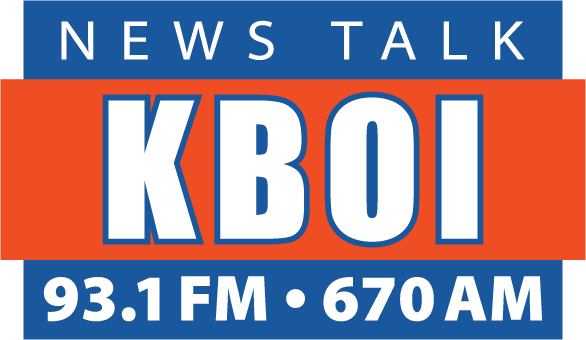LED lights have a lot of advantages over lights created by good old-fashioned light bulbs. For one, LED lights are able to render colors more accurately. They also produce less glare than light bulbs. They’re more efficient, too, as they reduce your typical energy consumption by 60 to 70 percent. So have you heard where they’ve installed brand-new LED lights? Albertsons Stadium at Boise State University. A lot of Boise State fans have been anticipating the 2023 college football season because Albertsons Stadium has a brand-new, state-of-the-art video board on the stadium’s south side. That’s the side farther from the river. It’s the largest video board in the Mountain West Conference. And it’s the eleventh-largest college football video board in the United States. The new board is 120 feet wide and 50 feet tall. It cost $4,500,000 (paid for by Frank VanderSloot and Melaleuca), and it took six months to install using giant cranes. That’s the construction equipment crane, not the bird. But the LED lights are worth anticipating, too. Boise State head football coach Andy Avalos a few days ago posted a photo on the Internet of Albertsons Stadium bathed in blue light. That was from the LED lights. They can do more than just shine bright white. Here’s what’s going to happen with the new lights: during the evening prior to each home game, the stadium will be bathed in light. It’s also scheduled to happen following every Bronco victory, whether they’re home games or away games. If any team or individual athlete wins a championship of some sort, you can expect them then, too. If Boise State’s football team is chosen for a bowl game, the lights will follow that announcement. Same goes for the men’s and women’s basketball teams and all other teams if they’re chosen for the NCAA tournament. The idea is that eventually, when you see the stadium illuminated, you’ll automatically start to celebrate. Advertising for the new LED lights reads, “The innovative new system balances light delivery and playability while meeting the stringent performance requirements of fans, players and broadcasters.” Because what do fans, players and broadcasters need if they’re watching a football game in the daytime, at dusk or after dark? To be able to see it.








